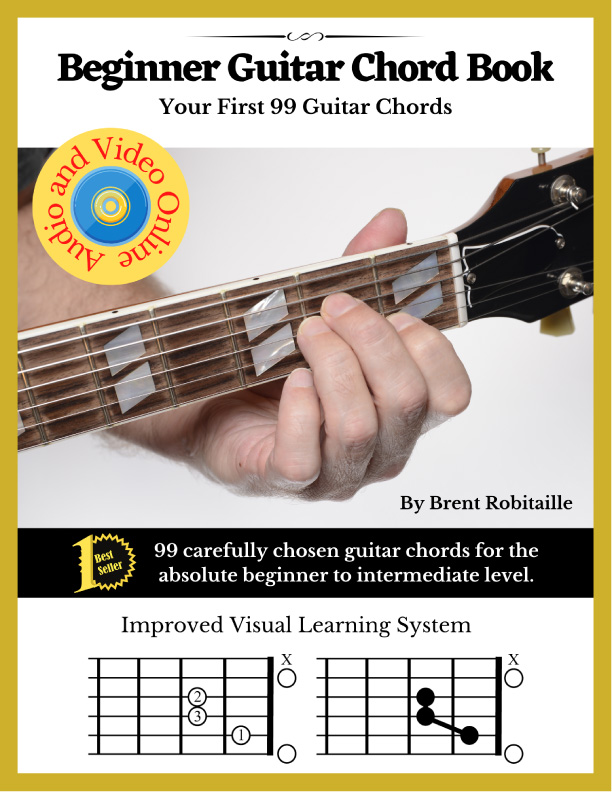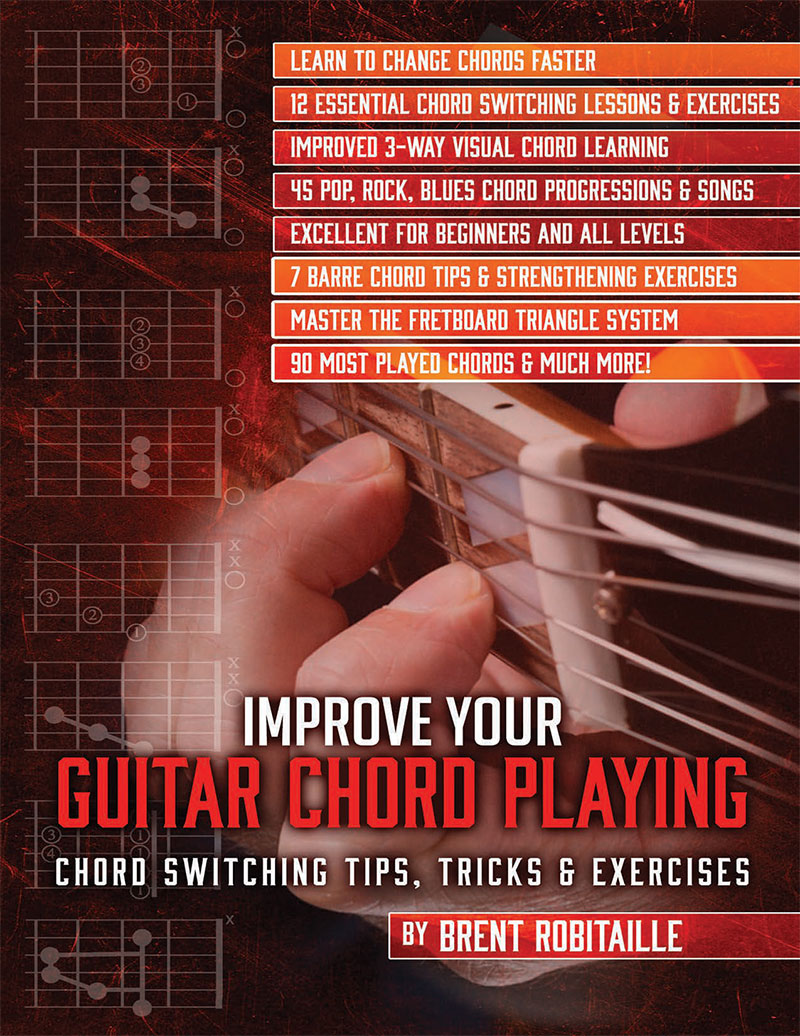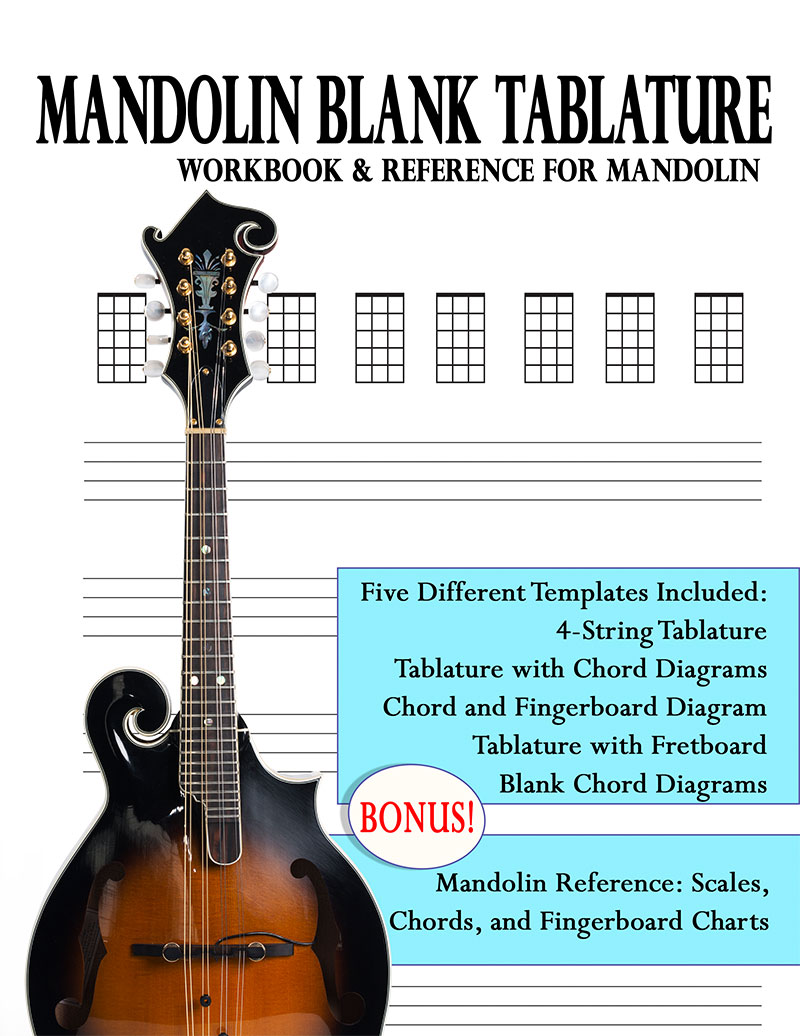Accelerate Your Musical Journey: 25 Expert Tips for Rapid Instrument Learning
You likely don’t need to be reminded that only consistent practice will help you achieve your goals. Ultimately, it does come down to the time spent on the instrument. No matter how good the teacher or how informative a book is, the thousand-hours idea may not be far from the truth. Of course, a good teacher and book will hopefully reduce the hours!
Like any other skill, learning an instrument requires effort and spaced learning. It takes time for the synapses in your brain to connect the intricate finger movements and pass them to muscle memory.
Here are 25 suggestions to help you learn faster and more accurately.
#1
- Make sure your goals are specific and achievable. For example, instead of setting a goal to “improve your fingerstyle playing,” set a goal to “learn three new fingerpicking patterns.”
#2
- Set a deadline for achieving a specific goal. Most people procrastinate and do their best when dealing with a deadline. Setting goals will help you stay focused and motivated to accomplish the plan in a timely manner.
#3
- Keep track of your progress. Keep a practice log or diary to track your progress and see how far you have come.
#4
- Rewards can be a good incentive. After a good practice or performance, reward yourself with a new haircut and a lovely dinner.
#5
- Review your goals regularly. Review your goals frequently to ensure that they are still relevant and that you are progressing.
#6
- Warm Up and Technique. Include a thorough warmup to get your fingers, hands and arms moving smoothly. Ask your teacher or search for the best technical warmup exercises on your instrument.
#7
- Make sure you practice all aspects of musicianship. For example, scales, arpeggios, chords, repertoire, theory, rhythms, etc. Use a metronome and start slow, gradually increasing the tempo.
#8
- Break your music into sections. Breaking into smaller sections works well in longer pieces and more challenging parts of the music.
#9
- Avoid multitasking. Multitasking can be counterproductive and can lead to decreased productivity. Instead, focus on one task at a time and give it your full attention.
#10
- Eliminate distractions. Identify and eliminate sources of distraction such as social media, email, people, etc.
#11
- Set a timer on your phone or clock. I suggest students pick a specific goal and set the timer on their clock to 10 minutes. There are productivity apps available that set reminders with timers.
#12
- Practice Length. Any practice is good, but the better you get on your uke, the more time you need to improve. I think 30 minutes, once or twice daily, is a worthy goal.
#13
- Take regular breaks. Regular breaks during longer practice sessions will help you stay refreshed and focused.
#14
- Repetition and habits. Developing a good practice habit is another key to the learning process. Treat your habit as a non-negotiable part of your routine. You have already decided to practice, so that’s one less thing to worry about.
#15
- Spaced repetition. Spaced repetition is a technique where you review the material at increasing intervals. Practice, then take a break and come back to it. Repeat this by increasing the time intervals. This helps to reinforce the material and move it from short-term to long-term memory.
Do You Need A Practice Habit?
The terminology of “cue, routine, and reward” was popularized by Charles Duhigg in his book “The Power of Habit.” While he did not necessarily invent these specific words, he extensively discussed and popularized the concept using this terminology. We can easily apply this habit concept to practicing an instrument. For example:
Cue: Set a specific time to practice the instrument each day, such as after dinner or before bedtime. Keep the instrument visible and in an easily accessible place. This is your cue.
Routine: Dedicate a set amount of time each day or every other day to practice the instrument. Follow a structured practice routine that includes warmups and technique, repertoire, sight reading, ear training and theory, composition, etc.
Reward: The reward could be the sense of progress in playing the instrument, mastering a new piece or technique, or the satisfaction of being prepared for a group practice or gig.
The habit loop is reinforced by consistently associating the cue with the routine and experiencing the reward.
#16
- Elaboration. Elaboration is the process of connecting new information to what you already know, making it more meaningful and easier to remember. For example, learn a scale based on a chord shape.
#17
- Connect to real-world examples. Relating the material to real-world examples can make it more meaningful and easier to understand. Practice with other musicians or at least with backing tracks.
#18
- Feedback Loop. Feedback is important to let you know how you are doing and what you need to improve on. Record or video yourself often and compare them.
#19
- Practice away from your instrument. Reviewing your sheet music or thinking about a new fingering can help with memory and more complex tunes. When learning a new piece, mentally study the music (fingerings, chords, etc.) before bed, then review the next day slowly.
#20
- Set up a performance date. Nothing gets you practicing more than an actual gig. Set a date and time, organize a setlist and perform, even if it is for a few friends or your pet rock.
#21
- 90% preparation and 10% sweat. Before you perform, ask yourself this question: Can I play my piece 90% correctly 100% of the time? Do not accept less unless there are no other options.
#22
- Be Patient. Remember, learning an instrument is a marathon, not a sprint. Think long-term. Remember, stress is related to a lack of time to complete a task, so let’s avoid the idea that you can play something before you are ready.
#23
- Breathe. When over-focused on playing, your breathing can take a back seat. Write the word breath on different parts of your music as a reminder. Wind players and singers sometimes write a comma over the notes where to breathe.
#24
- Relax. Relax your shoulders and squeeze your fingertips together. Ask yourself, “Where is there tension in my body”? Focusing on one body part will help relieve the tension in your body. Another good one is to think of your feet touching the floor.
#25
- Your Love of Music. You have bought an instrument, found a teacher, and have some good instruction books; you are off to a good start, but ultimately only your true love of music will keep you motivated. Those who feel it know it, and those who know it practice!
This list could go on and on. Do you have any ideas for practicing or goal setting? Leave suggestions for practice tips and goal setting in the comment section below.
Beginner Guitar Chord Book
Learn your first 99 guitar chords quickly using Brent’s visual system tried and tested with thousands of students. Designed for the complete beginner to intermediate level guitar players of any age. The chords you will learn are the most frequently played chords in pop, country, folk, and rock guitar playing.
The Beginner Guitar Chord Book will you get jamming in no time. Check out the accompanying video and audio below.
Blank Tablature Workbook & Reference for Ukulele
The 4-String Blank Tablature Workbook and Reference for Ukulele includes five blank templates: blank tablature (tab) with chord diagrams, 4-string blank tab, blank tab and fingerboard chart, chord diagrams with fingerboard chart, and 4-string chord diagrams. A helpful reference with chords, scales, fingerboard charts for the cigar box guitar also included. 146 pages.
PDF Ebook also available so you can print as many blank tab pages as you like. Add to cart for the PDF or buy from Amazon for the print book.
Improve Your Guitar Chord Playing
In Improve Your Guitar Chord Playing – Chord Switching Tips, Tricks & Exercises, you will learn the essential skills required to master the most frequently used chords. Discover valuable lessons and exercises to play faster, precise sounding chords and an improved 3-way visual chord learning system with tests to help remember chords.
Mandolin Blank Tablature Workbook and Reference
The 4-String Blank Tablature Workbook and Reference for Mandolin includes five blank templates: blank tablature (tab) with chord diagrams, 4-string blank tab, blank tab and fingerboard chart, chord diagrams with fingerboard chart, and 4-string chord diagrams. A helpful reference with chords, scales, fingerboard charts for the mandolin also included.155pgs.
PDF ebook also available so you can print as many blank tab pages as you like. Add to cart for the PDF or buy from Amazon for the print book.
Blank Guitar Tablature Collection
The 6-String Blank Tablature Workbook and Reference Collection for Guitar include eight blank templates and a useful reference with chords, scales, fingerboard, and more. Multi-Tab Workbook and Reference for Guitar 155pgs.
PDF Ebook also available so you can print as many blank tab pages as you like. Add to cart for the PDF or buy from Amazon for the print book.





